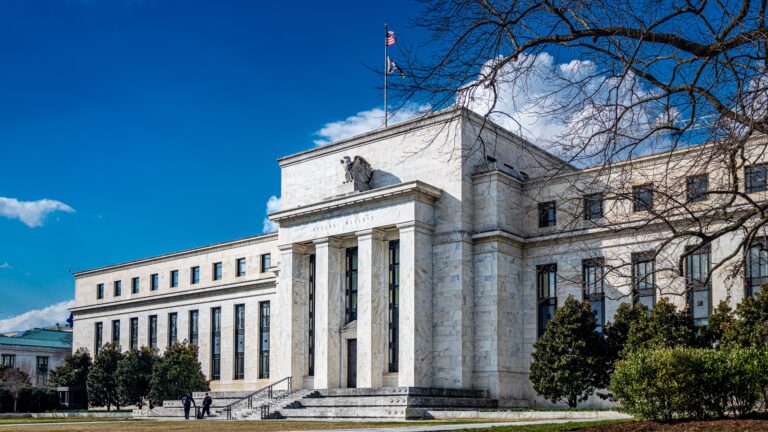
(More) Reflections on the Money Market Fund Debacle
Executive Summary
Prior to the recent credit crisis, strong criticism of money market funds taking on too much risk could easily have been dismissed as fear mongering. With strong (but now dubious) triple-A credit ratings, constant $1 per share prices, daily liquidity, strong brand recognition, and deep-pocketed parents, what was not to like about money funds?
In fact, a large segment of the cash market still agrees with this notion even after recent credit events. The latest ICI industry data shows that money market fund assets grew from some $2.5 trillion in June 2007 to $3.1 trillion in December 2007, and again to $3.4 trillion on April 23. After all, where can one put large sums of cash if not in money funds?
Money Market Fund report Card
If one pauses to think about what money market funds are, it is not difficult to see the irony in the behavior of some cash investors: those worried about troubled financial firms, obscure foreign names, and complicated asset-backed commercial paper choose instead to leave their cash in money funds that invest in exactly the same types of investments these investors have been trying to avoid. Investors who no longer wish to manage cash in-house because of credit risks may think that their money is better managed in the hands of capable institutional money market fund managers. The fair question is how did the money market fund industry do in averting the credit crisis?
In August 2007, several of the largest money market funds began battling their exposure to asset-backed commercial paper (ABCP) and collateralized debt obligations (CDOs) backed by subprime mortgage loans. During this time, most of the top 15 money markets funds tracked by Moody’s Investor Services had holdings in structured investment vehicles (SIVs) that faced the risk of credit downgrades, liquidation, and default. By our own count, at least 17 fund sponsors absorbed the losses related to these securities themselves in order to shore up confidence in their money funds. By any measure, this is not what one would consider a great report card. If corporate treasurers are relying on money funds to diversify their credit risk, then the recent actions of the fund industry have likely provided little assurance.
The Action-Rate Securities Market Parallel
With the failed auctions debacle fresh in our memory, let’s think for a moment about what parallels we can draw to the money funds. Note that auction-rate securities (ARS) are not money-market eligible investments, so money market funds do not hold these investments.
Systemic Risk: Remember that not too long ago many investors were bombarded by brokerage representatives who claimed that there never had been a failed auction or that the dealers would not let an auction fail. The tune from money market fund representatives that no fund family will likely let a money market fund break the buck sounds eerily familiar. On both counts, the proponents fail to point out that the systemic risk of these investments may be beyond their sponsors’ willingness or ability to lend support.
DOWNLOAD FULL REPORT
Our research is for personal, non-commercial use only. You may not copy, distribute or modify content contained on this Website without prior written authorization from Capital Advisors Group. By viewing this Website and/or downloading its content, you agree to the Terms of Use.
Please click here for disclosure information: Our research is for personal, non-commercial use only. You may not copy, distribute or modify content contained on this Website without prior written authorization from Capital Advisors Group. By viewing this Website and/or downloading its content, you agree to the Terms of Use & Privacy Policy.

